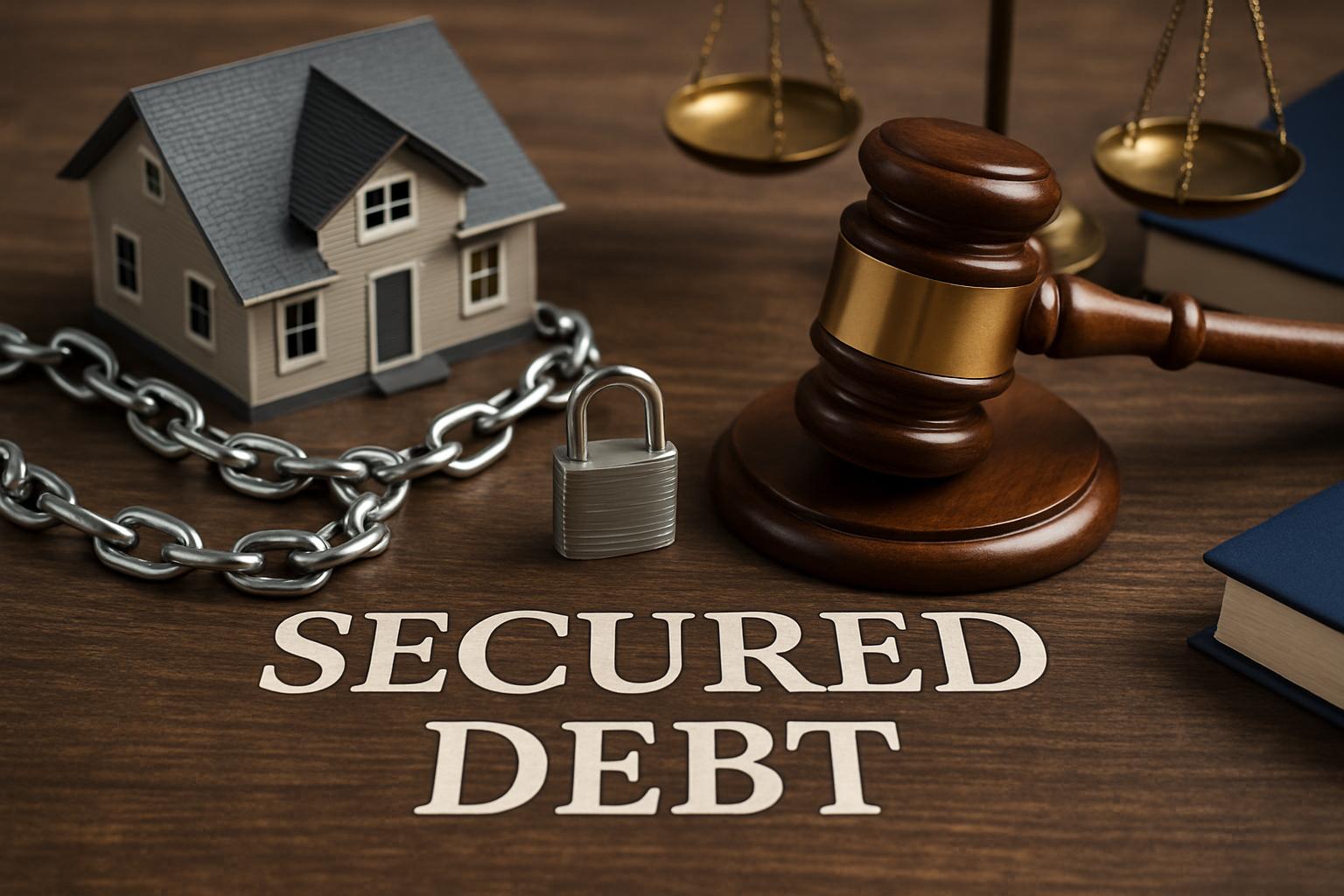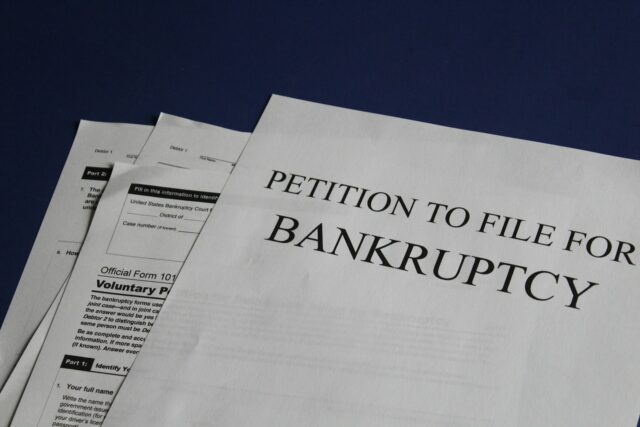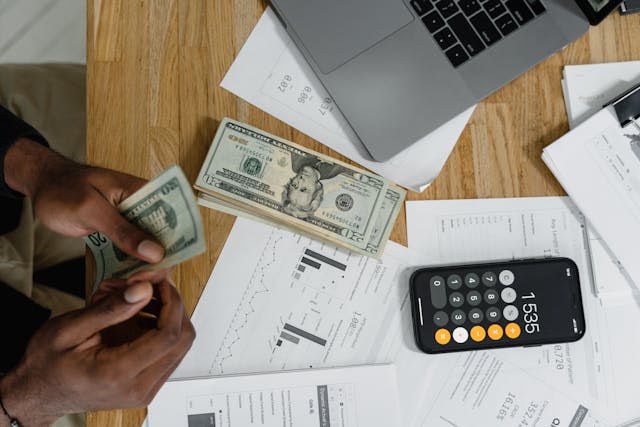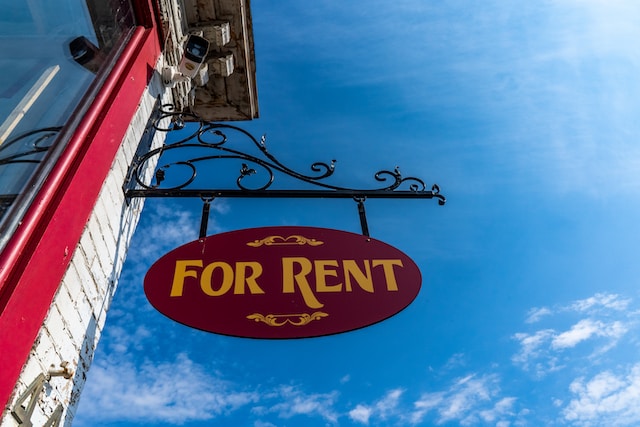If you’re considering bankruptcy or just starting to explore your options, you’ve probably come across terms like “secured” and “unsecured” debt. At first glance, these words may not mean much, but understanding the difference can have a major impact on how your case plays out. Continue reading and reach out to a knowledgeable Columbus, Ohio bankruptcy lawyer from Cousino & Weinzimmer to learn more. Here are some of the questions you may have:
What Makes a Debt “Secured”?
A secured debt is any debt that is backed by collateral. That means there’s an asset tied to the loan—something the lender can take back if you don’t pay. It’s their safety net. Think about a mortgage: when you buy a house with borrowed money, the house itself acts as collateral. If you stop making payments, the bank can foreclose and sell the property to get its money back. The same goes for car loans, and sometimes even furniture or appliances bought on credit.
Without that collateral, the loan would be unsecured, meaning the lender has fewer options if you default. Credit card debt, medical bills, and personal loans usually fall into this unsecured category. But when something you own is “securing” the debt, it puts that asset at risk in the event of non-payment, even in bankruptcy.
How Does Bankruptcy Treat Secured Debts?
One of the most important things to understand about bankruptcy is that it doesn’t automatically wipe out secured debts in the same way it might eliminate unsecured ones. That’s because creditors still have a legal right to reclaim the property tied to those debts, even after the case is over. In other words, filing for bankruptcy may erase your personal obligation to pay a secured loan, but it won’t stop a foreclosure or repossession if you’ve fallen behind.
That being said, you do have options. In Chapter 7 bankruptcy, you can choose to surrender the property and discharge the debt, or you can reaffirm it—basically agreeing to keep making payments and keep the asset. In Chapter 13, on the other hand, you may be able to catch up on overdue payments through a structured repayment plan. In some cases, it’s even possible to reduce the balance owed if the collateral is worth less than the loan. This is known as a “cramdown.”
Should I Keep or Surrender My Secured Property?
That’s the million-dollar question. And the answer depends on your goals, your budget, and how attached you are to the item securing the loan. If you’re underwater on a car loan and constantly struggling to keep up with payments, it may make more sense to let it go and start fresh. But if you’re current on your mortgage and want to stay in your home, you might be able to protect it, especially under Chapter 13.
If you have further questions about bankruptcy in Ohio or you would like to speak with a skilled bankruptcy lawyer about your potential case, please don’t hesitate to contact Cousino & Weinzimmer for your initial consultation today.




